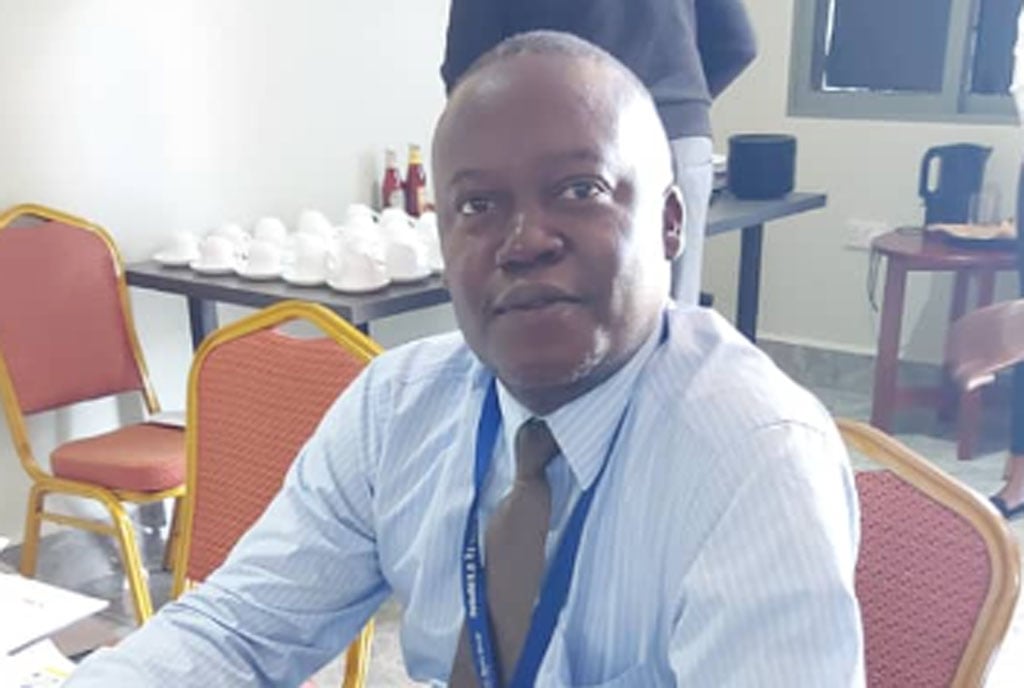Prime
Uganda’s nuclear project to displace over 25,000 people

Members of the Kasato-Kidera Sub-County are seen during a nuclear energy plant community engagement with officials from the minerals ministry in Buyende District in October 2023. PHOTO/SAM CALEB OPIO
What you need to know:
- The nuclear plant to be constructed at Kasaato Hill will not only provide 2,000 jobs, but also address Uganda’s endless power outages.
Over 25,000 locals across more than ten villages in Buyende District are to be displaced as Uganda’s long-awaited nuclear plant project kicks off.
The Villages include Kasaato, Buyanja ‘B’, Buyanja’ A’, Nawansaso, Butayunjwa, Kabalongo, Kiiga, Kyankoole, Kibaale, and Nakawa, all in Buyanja Sub-County.
Ministry of Energy and Mineral Development communications chief Solomon Muyita says Buyende, with its robust geographical and environmental credentials, emerged the best out of 20 districts in Uganda- to host the monumental project following intensive studies since 2016.
Studies covered meticulous assessment undertaken by the International Atomic Energy Agency (IAEA) Integrated Nuclear Infrastructure Review Mission done in December 2021, and discussions at the Africa Nuclear Business Platform Conference in March 2023.
“Buyende was chosen because of its central location, low population density; land availability, and many water sources from Lake Kyoga for nuclear reactors among others,” Muyita explained in an interview.
But at a meeting last week, Buyanja LC3 chairman David Semale expressed fear over how locals will cope with new localities after displacement.
According to Semale, most locals are fishermen and livestock farmers born and raised near the River Nile and Lake Kyoga shoreline.
“So, coping with the new areas shall be a challenge.”
Hope Senkamba, the District councilor representing Buyanja Sub-County and Bukungu Town Council voiced concern considering that her electorate will be lost in the looming mass exodus.
She said: “Losing 25,000 voters is a big blow. Most of them will immigrate to distant areas, while women who look after their families in the absence of their husbands will be the worst-hit.”
Ruth Kawendeke, the female councilor representing Buyanja Parish in the Buyanja LC3 Council, expressed fear that upon being compensated, husbands will find new partners, which will breed domestic violence.
Ronald Ssekyanzi, the Kasaato LC1 chairperson, said his people have mixed feelings over the project because the compensation seems to be looking at only the land and property, forgetting the “livelihood and disturbance aspect”.
“So, it is necessary that the government seriously looks into these areas when compensating us,” he said.
But State Minister for Minerals Peter Lokeris, who earlier held an engagement meeting with district and local leaders on the preparatory activities for the nuclear power plant’s land acquisition and resettlement action plan, urged the public to look beyond compensation benefits.
“To achieve Vision 2040 targets, the country needs to venture beyond current capabilities, and needs a huge leap to explore nuclear power generation,” Lokeris added.
According to Lokeris, the nuclear plant to be constructed at Kasaato Hill will not only provide 2,000 jobs, but also address the challenge of Uganda’s endless power outages.
“Vision 2040 needs an installed capacity of 52,841 megawatts and with the current trajectory, even if we exploited every of water, every sunray and every gust of wind, we shall still fall short, hence the need for the transformative potential of nuclear energy that will contribute 24,000 megawatts,” he added.
He further explained that the success of this venture isn’t with the megawatts produced or land acquired, but strengthened bonds of trust with the community, informed-empowered youth and enlightened citizens.
Buyende District LC5 chairperson Michael Kanaku urged focus on either compensation or resettlement of the Project Affected Persons (PAPs).
Uganda is positioning itself to start manufacturing nuclear energy by 2031 to expand its electricity generation capacity, with the International Atomic Energy Agency (IAEA) clearing the first phase of the nuclear power production in May 2022.
President Museveni has stressed that Uganda will use its uranium deposits to develop energy to supplement the current inadequate capacity of hydro and geothermal power.
Currently, atomic energy is widely used in industrial, medical and research in education institutions.
Buoyed by expectations that come with the project, Buyende District is looking to tap into project benefits like improved transport systems, consistent power supply to the project, and a hospital for nuclear side effects among others.





